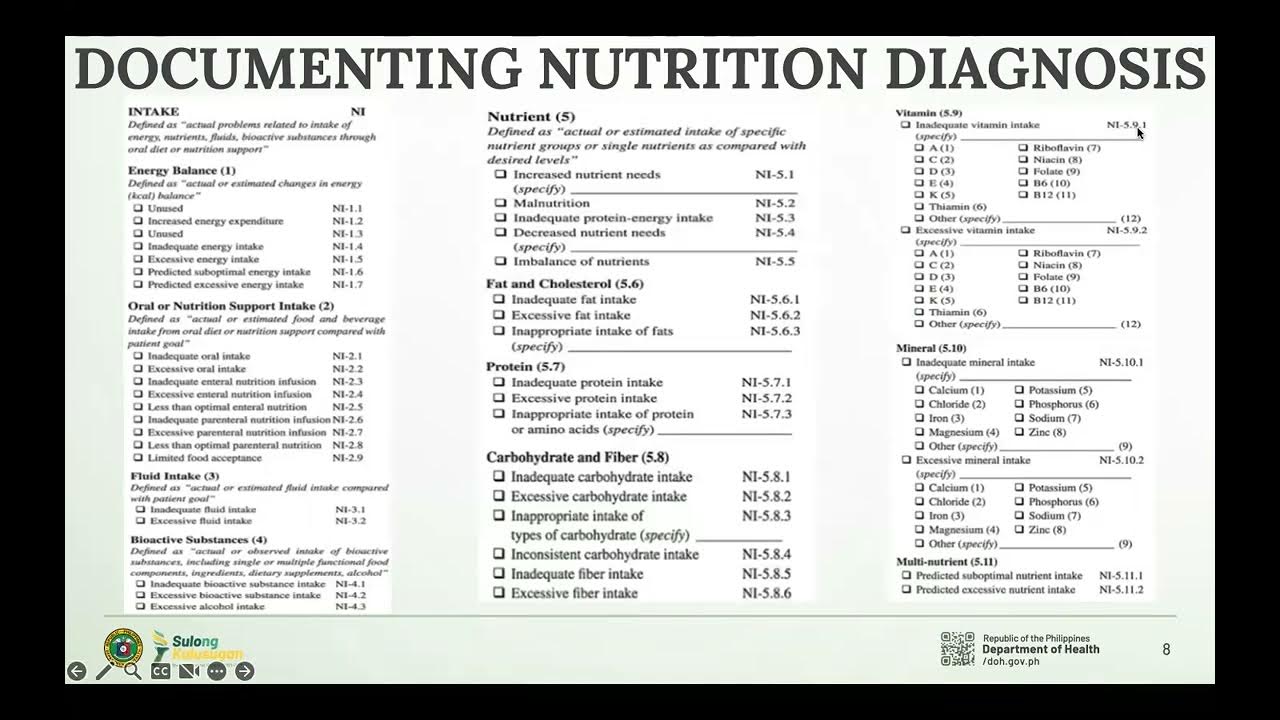Good Kitchen Story
Summary
TLDRThe video script narrates a compelling case study of design thinking applied to address the nutritional challenges faced by elderly citizens in Denmark. It details how the municipality of Christo brow, in collaboration with innovation firm Hatch & Blum, transformed the meal service for seniors. Through ethnographic research, they uncovered emotional and functional needs, leading to a reimagined meal service that enhanced quality, flexibility, and choice. Employing tools like journey mapping, co-creation, prototyping, and visualization, they not only improved the menu but also the entire business model, resulting in a 500% increase in meal orders and increased job satisfaction for kitchen staff.
Takeaways
- 🌍 **Global Perspective**: Design thinking is a universal approach that can be applied across different cultures and countries, as illustrated by the Danish case study.
- 👴 **Aging Population Challenge**: The script highlights the global issue of an aging population and the specific challenge of providing adequate nutrition to elderly citizens in Denmark.
- 🍽️ **Rethinking the Problem**: The initial assumption was to improve the menu, but Hatch & Blum's user-centered design approach revealed a broader issue requiring a complete service redesign.
- 🔍 **Ethnographic Research**: The use of journey mapping as an ethnographic tool helped uncover deeper emotional and functional needs of both the elderly and kitchen workers.
- 👥 **Dual Focus**: The project's scope was expanded to include the emotional well-being of kitchen workers, recognizing their crucial role in meal quality.
- 🤝 **Co-creation**: Engaging stakeholders in the creative process through workshops fostered ownership, engagement, and the generation of innovative ideas.
- 💡 **Prototyping and Experimentation**: The iterative process of prototyping and testing with real customers was essential for refining the service and menu design.
- 📈 **Measurable Impact**: The redesign led to a significant increase in meal orders, demonstrating the tangible business impact of design thinking.
- 💖 **Emotional Connection**: The project emphasized the importance of emotional connection, showing that addressing emotional needs can lead to better service and higher satisfaction.
- 🌟 **Transformation Beyond Menu**: The transformation went beyond the menu to innovate the entire business model, enhancing the relationship between kitchen staff and customers.
Q & A
What is the main problem addressed in the story about Denmark?
-The main problem addressed is the poor nutrition and quality of life among Denmark's elderly population, particularly the more than 125,000 senior citizens who rely on government-sponsored meals.
Why did the municipality of Christo brow invite Hatch & Blum to work with them?
-The municipality of Christo brow invited Hatch & Blum to work with them to improve the nutrition of their elderly population by enhancing the meal service for seniors.
What was the initial assumption of the municipal leadership regarding the project?
-The initial assumption was that improving the nutrition of seniors could be achieved by simply enhancing the current menu and asking elderly clients about their menu preferences.
How did Hatch & Blum's approach differ from the municipality's initial assumption?
-Hatch & Blum took a user-centered design approach, which led to a completely redesigned meal service offering higher quality, more flexibility, and increased choice, rather than just fixing the menu.
What is journey mapping and how was it used in this project?
-Journey mapping is a tool that follows a customer or stakeholder as they receive a product or service, focusing on their functional and emotional experiences. It was used to trace the experience of elderly clients from the meal delivery to consumption, uncovering unarticulated needs.
What emotional needs were identified for both the seniors and kitchen workers?
-Both seniors and kitchen workers experienced feelings of disconnection and alienation. Seniors felt a loss of control over their food choices and embarrassment about receiving assistance, while kitchen workers felt demoralized due to the low status of their job.
What is co-creation and how was it utilized in the project?
-Co-creation is a design tool that involves stakeholders in the creative process, creating ownership and engagement. It was used in workshops to develop insights, generate ideas, and test prototypes with a diverse group of stakeholders.
How did the use of visualization as a design tool contribute to the project?
-Visualization helped make abstract ideas more concrete by using imagery. It allowed participants to see and evaluate different menu options, colors, and presentation styles, making the decision-making process more tangible and effective.
What were some of the significant changes that resulted from the project?
-The project resulted in a new menu, new uniforms for staff, a new name 'The Good Kitchen', improved meal descriptions, new communication channels, and a shift in employees' perception of their work, leading to increased satisfaction for both staff and customers.
What was the impact of the changes on meal orders and staff satisfaction?
-The changes led to a 500% increase in meal orders in the first week and significantly improved the satisfaction of kitchen workers, which in turn led to happier customers and better food quality.
How does the story of 'The Good Kitchen' relate to business model innovation?
-The story illustrates that business model innovation is about more than just developing new products or services; it involves innovating the entire business model to create better value for all stakeholders involved, as seen in the transformation of the meal service for seniors.
Outlines

This section is available to paid users only. Please upgrade to access this part.
Upgrade NowMindmap

This section is available to paid users only. Please upgrade to access this part.
Upgrade NowKeywords

This section is available to paid users only. Please upgrade to access this part.
Upgrade NowHighlights

This section is available to paid users only. Please upgrade to access this part.
Upgrade NowTranscripts

This section is available to paid users only. Please upgrade to access this part.
Upgrade Now5.0 / 5 (0 votes)





